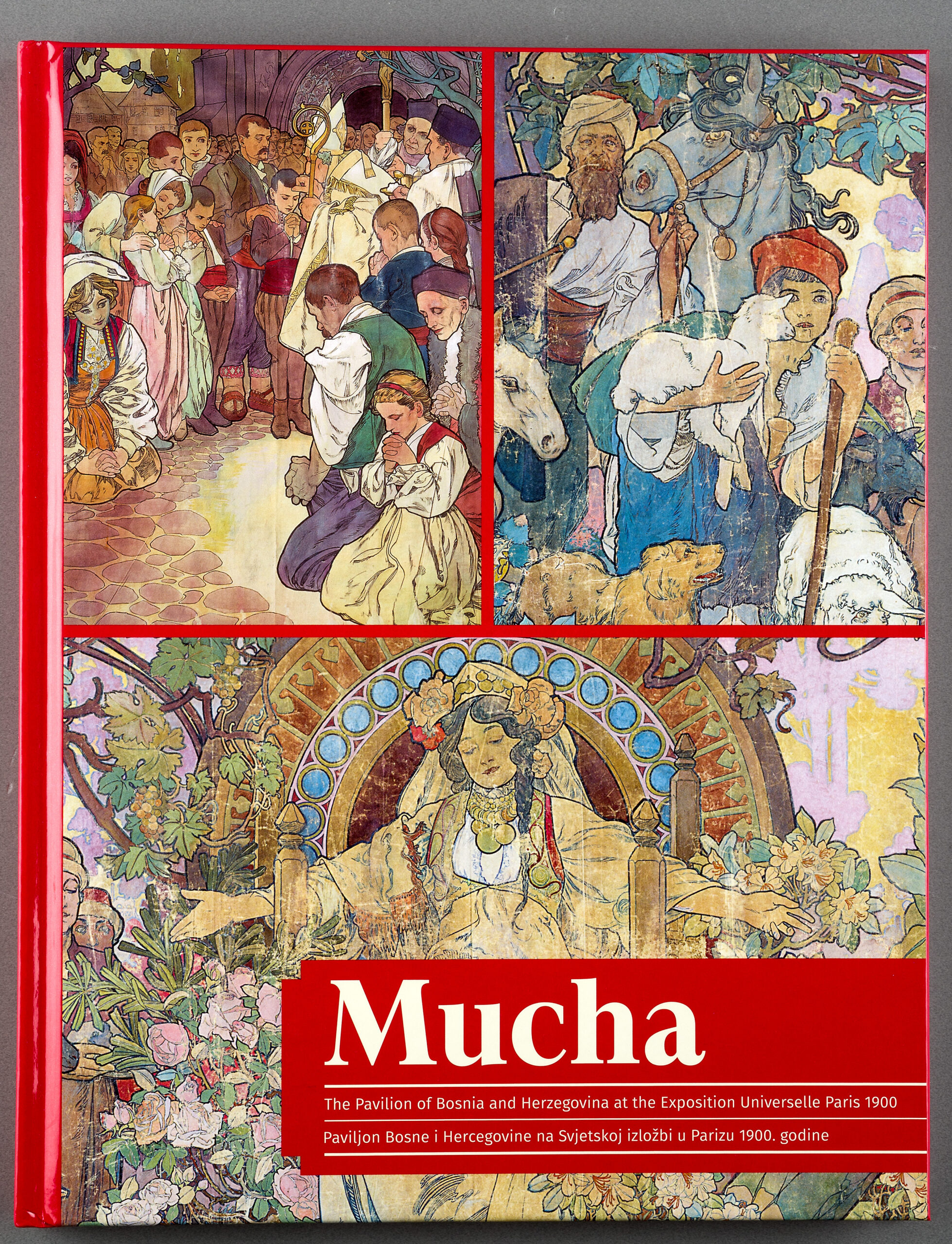Description
The first part of the book deals with the phenomenon of the world exhibitions of the second half of the 19th century and especially the largest and for a long time the most important one, the 1900 exhibition in Paris. All the other texts deal mainly with the Bosnia and Herzegovina pavilion at this exhibition, which was largely a political affair – the Austro-Hungarian monarchy wanted to show the progress made by this until recently backward part of the Balkans under the administration of Vienna. The pavilion was designed by the Czech architect Karel Pánek, and most of the interior decoration was done by another Czech living in Paris, Alfons Mucha. On all four walls of the upper floor he depicted on large canvases mainly the history of these countries, strongly influenced by various religions and cultures: paganism, ancient and Christian traditions and Islam. Unlike the pavilion itself (as well as the pavilions of other countries, including their interiors), Mucha’s paintings have been preserved and are now owned by the Museum of Decorative Arts in Prague. After at least partial repair, the paintings, either as a whole or in parts, have been presented to the public several times since 1998 at exhibitions in Prague, Vienna, Montpellier and Munich.
